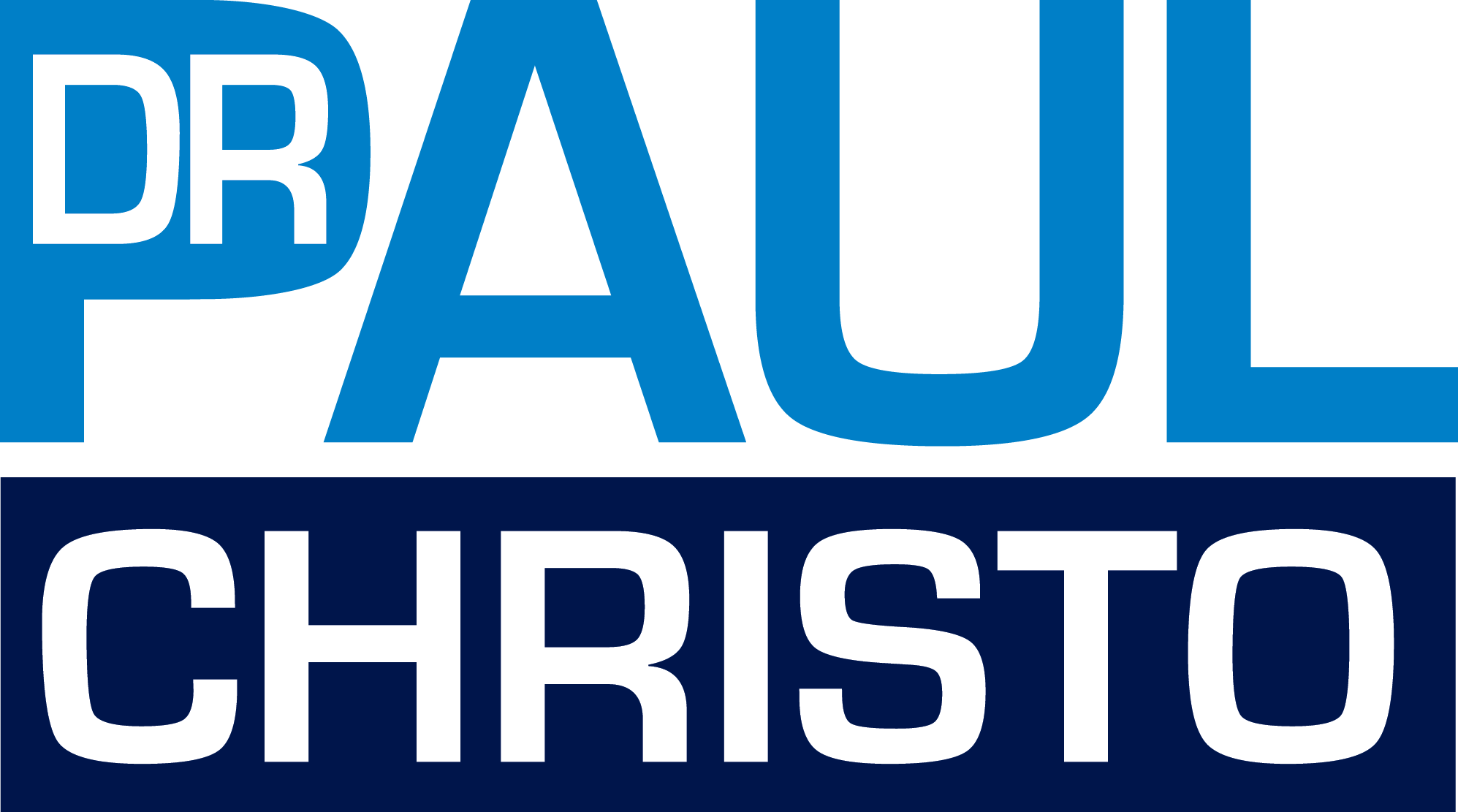 New treatments for pain and nausea are available but come pre-packaged with social stigmas.
New treatments for pain and nausea are available but come pre-packaged with social stigmas.
Cancer and its treatment are often painful, and doctors are always on the lookout for ways to relieve discomfort. This usually means prescribing opioids, which are an effective way to treat pain associated with tumors and chemotherapy. However, these can be dangerous drugs and run the risk of addiction if taken improperly or if given to patients with certain risk factors for abuse. Because of this, many cancer patients are now turning to cannabis as a supplemental form of pain management.
What is cannabis?
According to the American Cancer Society, marijuana, the more well-recognized name of the cannabis plant contains THC and CBD (cannabinoids), for example. Both of these chemicals have been used for centuries to treat a variety of conditions. Specific to cancer, marijuana and its associated compounds may be useful in treating nausea, increasing appetite, and reducing the sensation of pain in individuals with cancer.
Is cannabis right for me?
It is important to know before pursuing marijuana as a pain treatment that the use of cannabis, in either CBD or THC form, is not legal everywhere. However, if you live in a state that does not prohibit controlled usage, talk to your healthcare team and then familiarize yourself with common terminology, potential side effects, and dosage recommendations.
Side effects of inhaled marijuana include impaired balance, dysgeusia, dry mouth, delayed reaction times, and paranoia. Extended use may also result in anxiety and oral thrush. These may be mild to severe but may be tolerable when you consider that cannabis can help offset some of the effects of cancer treatment. Cannabis compounds have anti-inflammatory properties, and some studies suggest it may even be able to slow the progression of growth in some types of tumor.
Another consideration is that marijuana is known for its mood-enhancing properties. This can assist in dealing with both pain and the emotional turmoil that come along on the road to recovery. Although marijuana is not a curative treatment, its ability to relieve stress and anxiety can make the treatment process more bearable. This may be especially important to those who already suffer with mental health issues, which can be exponentially compounded by a cancer diagnosis.
Whether or not cannabis is right for your situation is a personal decision. This choice is often marred by social stigmas and the portrayal of marijuana consumption in the media. It is important to note, however, that many drugs that are commonly used for recreational purposes also have a laundry list of medicinal uses.
Possible interactions
Marijuana is known to interact with more than 300 other drugs. Although the vast majority of these are not life-threatening, there are two dozen prescription medications listed on Drugs.com as having a potentially serious interaction with cannabis. These include codeine, fentanyl, and morphine, all of which are often used in palliative cancer care. Further, cannabis may interact with alcohol, the latter of which can amplify drowsiness and dizziness associated with THC.
Women who are pregnant or breast-feeding when diagnosed with cancer may also wish to abstain from using marijuana in any form. The Infant Risk Center at Texas Tech University Health Sciences Center reports that longitudinal studies find a potential increase in social, cognitive, and motor disturbances in children who are exposed to cannabis in utero.
In summary, marijuana may be beneficial to some cancer patients suffering from pain caused by cancer or its treatment. However, there may be legal issues that prevent lawful cannabis-based treatment. Anyone considering marijuana (CBD, THC) should make a point to get to know local laws and regulations. Additionally, cancer patients should know the potential interactions between cannabis and their current or future use of medications.
—
Content provided by contributor Scott Sanders, CancerWell.org

 New treatments for pain and nausea are available but come pre-packaged with social stigmas.
New treatments for pain and nausea are available but come pre-packaged with social stigmas.